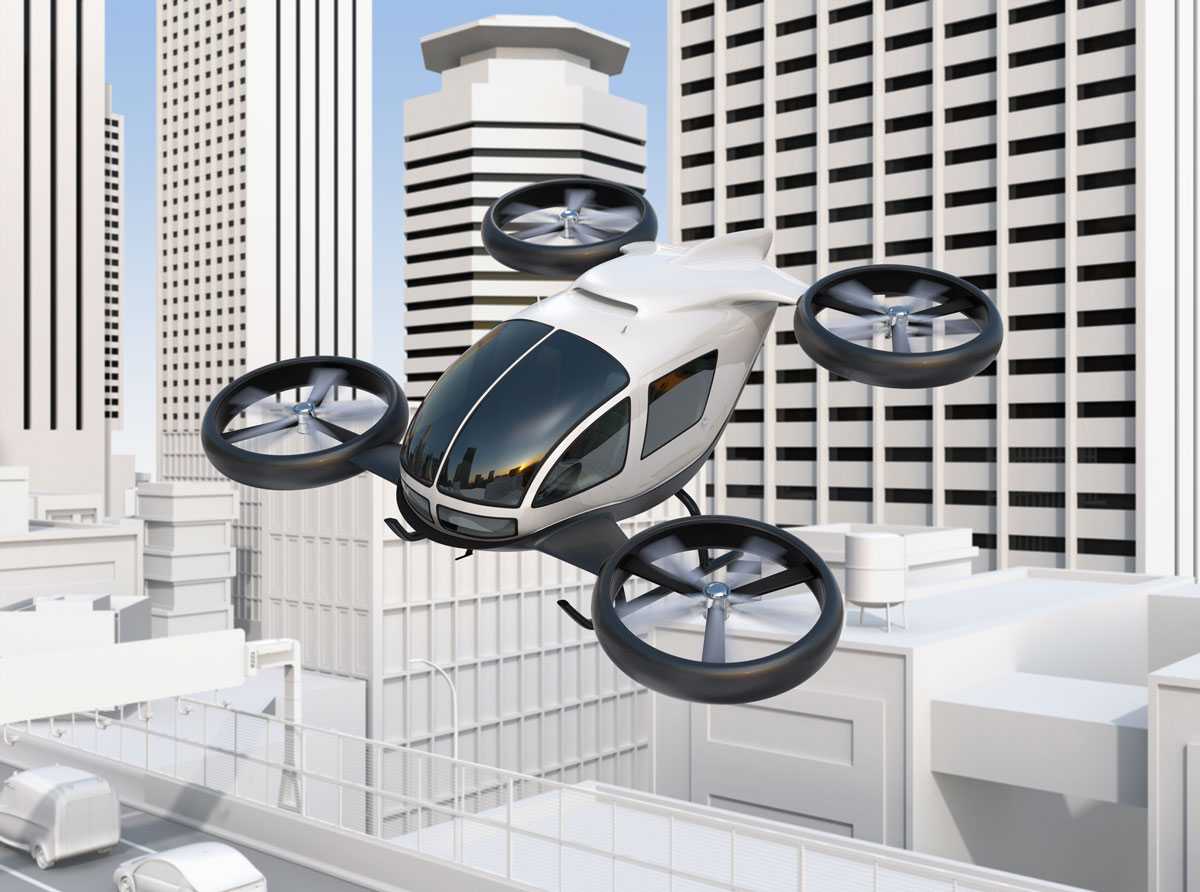Sky's the Limit: Flying Cars - A Glimpse into the Future of Transportation
Soaring through the air like the Jetsons, bypassing rush hour traffic and parking woes – the concept of flying cars has captivated imaginations for decades. While the image of personal flying vehicles swarming city skies might be a futuristic fantasy for now, the dream of taking flight in our own automobiles is inching closer to reality.
This article explores the world of flying cars, delving into the current state of this technology, the challenges that remain, and potential timelines for implementation. We'll also showcase some of the most promising projects currently underway, led by innovative companies and backed by ambitious investors.
The Technology Landscape: A Multifaceted Approach
Flying cars encompass a diverse range of vehicles, each with its own approach to achieving flight. Here are some key categories:
- Electric Vertical Takeoff and Landing (eVTOL): These electric-powered vehicles are designed for vertical takeoff and landing, eliminating the need for runways. This technology offers a closer look at the convenience factor often associated with flying cars.

- Transitional Flying Vehicles (TFVs): These vehicles can function as both cars and airplanes. They typically have retractable wings or folding rotors, allowing them to drive on roads and take off for aerial travel.

- Flying Taxis (Air Taxis): These autonomous or piloted vehicles are envisioned for urban air mobility solutions, offering on-demand flying transportation services within cities.
 Challenges and Considerations: A Bumpy Road Ahead
Challenges and Considerations: A Bumpy Road Ahead
The path towards widespread adoption of flying cars is fraught with challenges. Here are some major hurdles that need to be overcome:
- Safety Regulations: Stringent safety regulations are paramount to ensure the safe operation of flying cars in shared airspace. Establishing clear guidelines for certification, air traffic control, and emergency protocols is crucial.
- Infrastructure Development: Landing pads, charging stations, and air traffic management systems need to be developed to support a network of flying vehicles.
- Noise Pollution: The noise generated by flying cars, particularly during takeoff and landing, could be a significant concern in urban areas. Mitigating noise pollution through electric propulsion and innovative design will be crucial.
- Accessibility and Cost: The initial cost of flying cars is likely to be high, potentially limiting accessibility and creating a new kind of transportation divide.
A Glimpse into the Future: Projecting the Timeline
While there's no definitive timeline for widespread flying car adoption, many experts predict significant progress within the next decade or two. Here's a breakdown of some potential scenarios:
- Short-Term (Next 5-10 Years): We might see limited commercialization of electric vertical takeoff and landing vehicles (eVTOLs) for specific purposes like air taxis or medical transportation in controlled environments. Regulatory frameworks and infrastructure development would likely begin to take shape during this period.
- Mid-Term (Next 10-20 Years): Advancements in technology, infrastructure development, and regulatory frameworks could pave the way for wider adoption of eVTOLs and potentially some TFVs, particularly in urban areas. The cost of these vehicles might also start to come down, making them more accessible.
- Long-Term (Beyond 20 Years): This timeframe could potentially see a more robust network of flying vehicles, including personal flying cars, integrated into transportation systems, with significant advancements in noise reduction, safety, and affordability.
Taking Flight: Pioneering Projects in the Sky
Several companies are actively developing flying car prototypes, pushing the boundaries of this technology. Let's take a look at a few of the frontrunners:
- Joby Aviation: This California-based company is developing a fully electric, five-seater eVTOL aircraft designed for urban air mobility. They've secured partnerships with major players like Toyota and Uber, aiming to launch commercial operations in the mid-2020s.

- Archer Aviation: Another American company developing an eVTOL aircraft, Archer's "Maker" is designed for vertical takeoff and landing, with a range of around 100 miles. They've received significant funding from investors like United Airlines and plan to launch operations in the late 2020s.
- Lilium Air: This German company is developing a five-seater electric jet with vertical takeoff and landing capabilities. Their focus is on regional air mobility, potentially connecting smaller cities and suburbs.

- AeroMobil: This Slovakian company offers a flying car that can be driven on roads and flown like a small airplane. Their TFVs combine the functionality of a car and a plane, but regulations and infrastructure limitations might hinder mainstream adoption in the near future.

- Volocopter: This German company is known for its multicopter eVTOL taxis, designed for urban air mobility. They'
































![[ℕ𝕖𝕧𝕖𝕣] 𝕊𝕖𝕝𝕝 𝕐𝕠𝕦𝕣 𝔹𝕚𝕥𝕔𝕠𝕚𝕟 - I Think I Have Crypto PTSD](https://cdn.bulbapp.io/frontend/images/819e7cdb-b6d8-4508-8a8d-7f1106719ecd/1)






